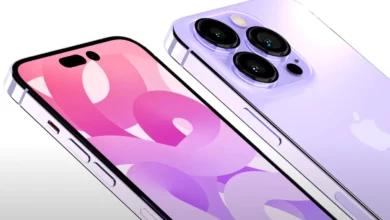
In the world of technology, speed is everything. With the quick advancement of mobile devices, the need for faster charging has never existed. Android Fast Charging Cable, in particular, has assumed the idea of quick charging, letting users power up their smartphones in a fraction of the time it used to accept. But the key to opening this speed lies in the cables used for capturing. In this guide, we’ll explore Android fast-charging cables to understand what makes them unique, why they matter, and how to select the best one for your device.
What Are Android Fast Charging Cables?
Android fast-charging cables are prepared to tolerate higher wind and voltage groups, allowing consistent devices to charge more quickly. Unlike standard wires, which may specify the power provided to a device, fast-charging cables are expressly engineered to support progressive assessing technologies. This capacity is often performed through improved materials and building methods that allow the cables to resist the increased demands of fast charging.
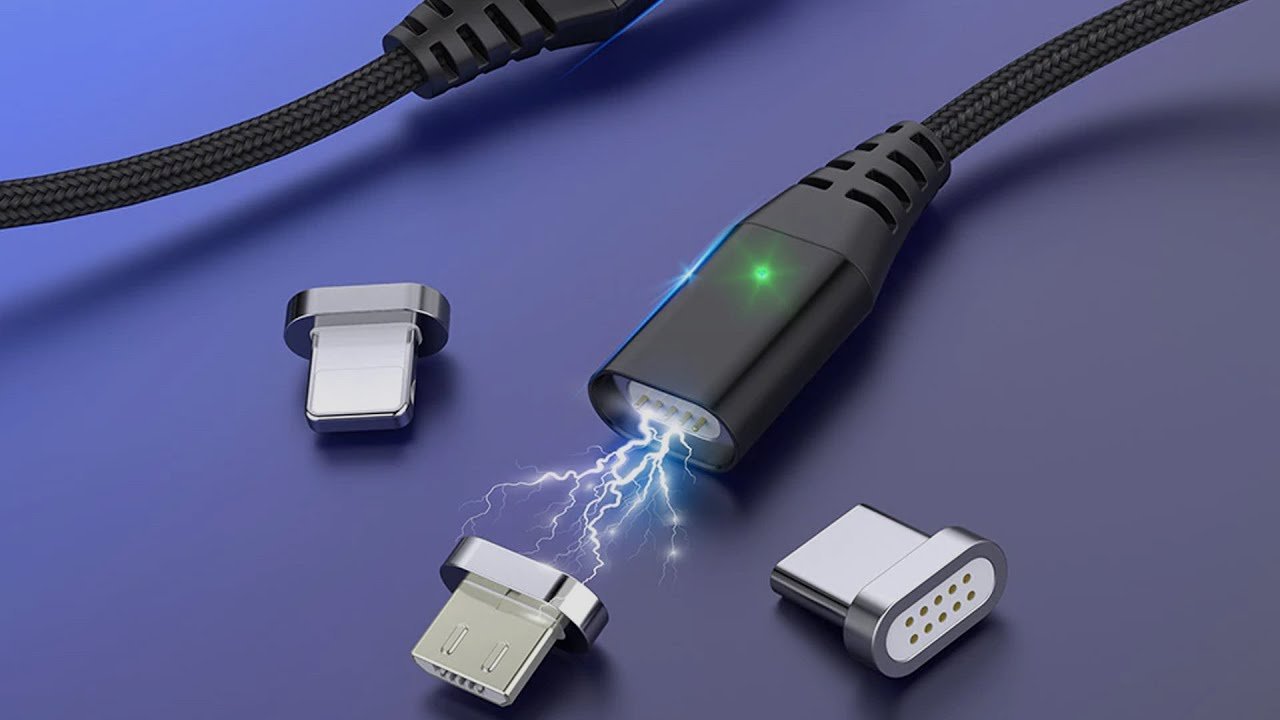
Why Fast Charging Matters
Fast charging has become a game-changer for many Android Fast Charging Cable users. It allows you to operate your device without protracted waits, which is especially useful for those frequently on the go. With the average smartphone battery capacity growing over the years, the capacity to charge quickly ensures that your device stays active throughout the day without requiring constant power authority. It’s also a great convenience for travelers, decreasing the need for multiple charging additions.
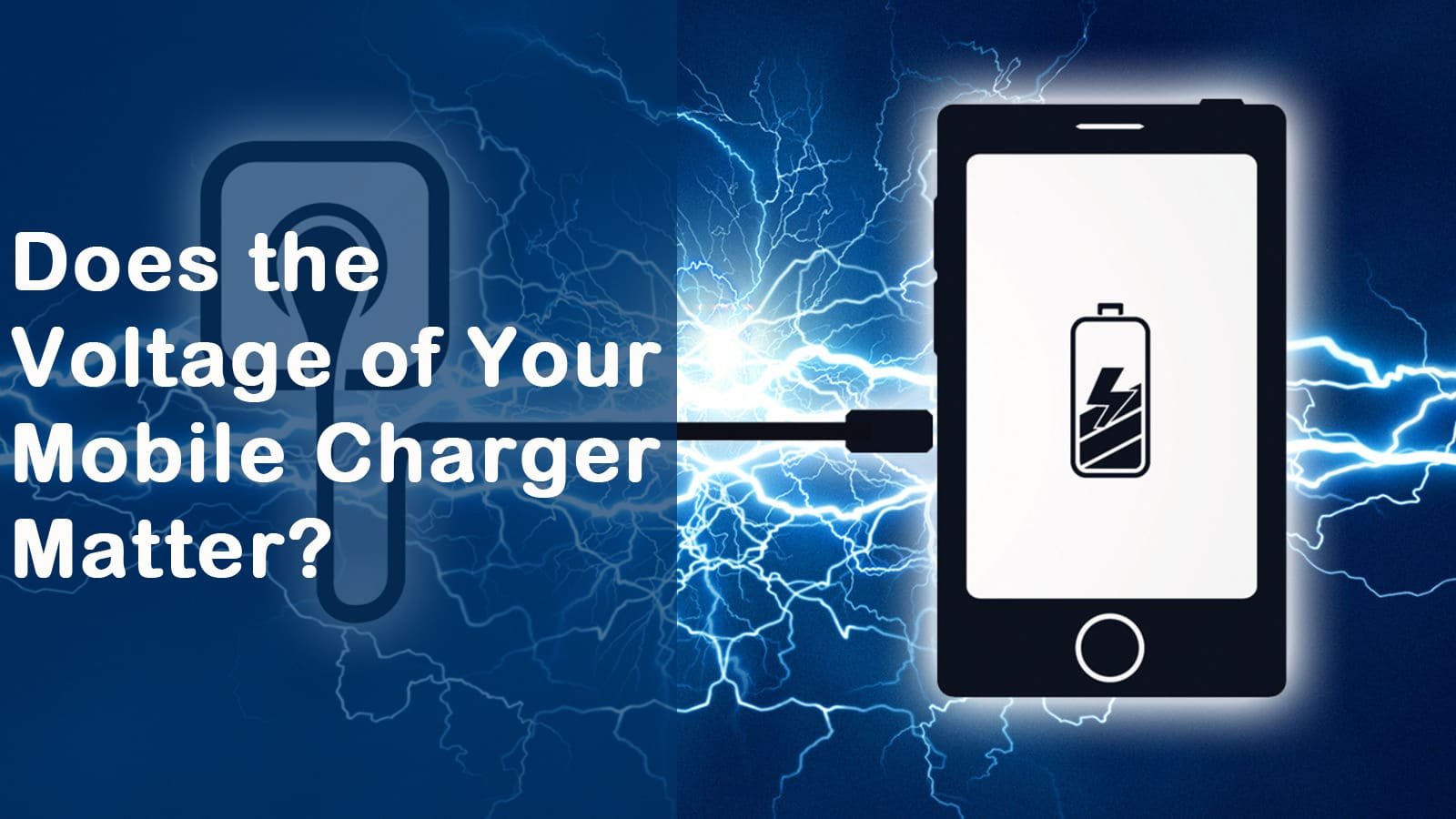
How Do Android Fast Charging Cables Work?
Knowing the basics of electricity is important to understanding how fast charging cables work. The charger and cable play critical roles in a fast charging system. The charger provides a high current and voltage, while the cable must be capable of transmitting that power efficiently and safely. This is where the quality of the cable’s construction comes into play.
Components of a Fast Charging Cable
A typical fast-charging cable comprises several components that work together to ensure high-speed charging. These include:
Copper Wiring: Copper is an excellent conductor of electricity, making it the preferred material for high-speed data transmission and charging. Fast charging ropes use high-quality copper with a more comprehensive wire gauge to guarantee efficient power transfer.
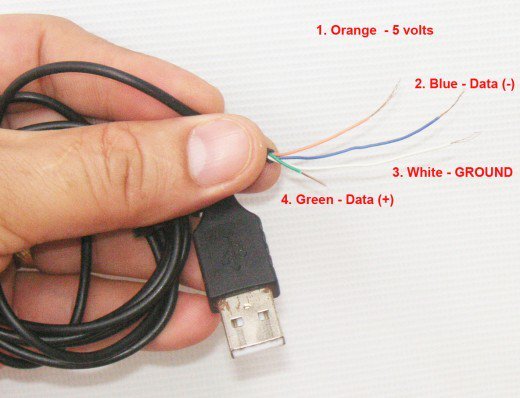
Shielding: To protect against electromagnetic interference, fast charging cables often have multiple layers of shielding. It secures a severe association and reduces the threat of data defeat or power fluctuations.
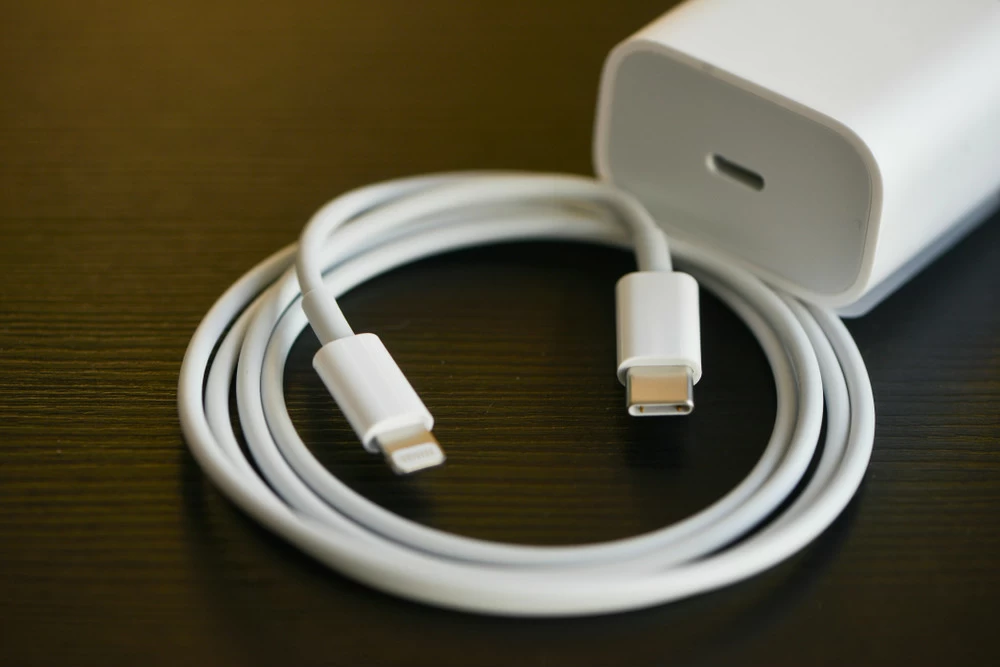
Connectors: The type of connectors used in a fast-charging cable is crucial. USB-C is evolving the average for Android devices due to its versatility and capability to tolerate more elevated power levels.
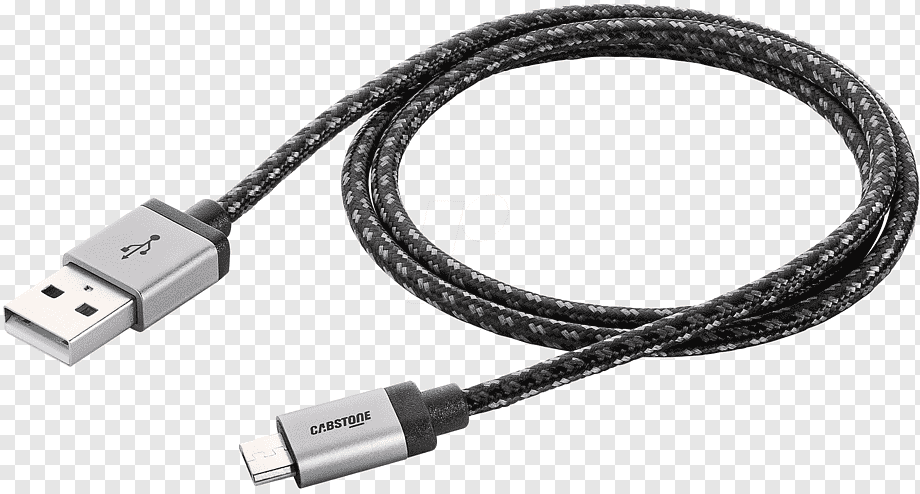
The Role of Copper and Wire Gauge
Copper and wire gauges play a significant part in the performance of fast-charging cables. The wire gauge guides the consistency of the copper wiring within the cable. More stagnant copper wires (with lower gauge numbers) can handle more recently, allowing faster charging. This is why high-quality fast-charging cables often have lower gauge numbers, ensuring that the power from the charger is transmitted efficiently to the device.
Types of Android Fast Charging Cables
Not all fast-charging cables are constructed comparable. Depending on your device and charger, your strength requires a detailed cable type for optimal charging speeds. Let’s explore some common types of Android fast-charging cables:
USB-C and Quick Charge
USB-C has become the common connector for multiple Android devices due to its reversible structure and capability to handle high power levels. Qualcomm developed Quick Charge technology, which permits compatible devices to charge rapidly. If you have a device that sustains Quick Charge, you’ll require a USB-C cable designed to handle the higher power creation.
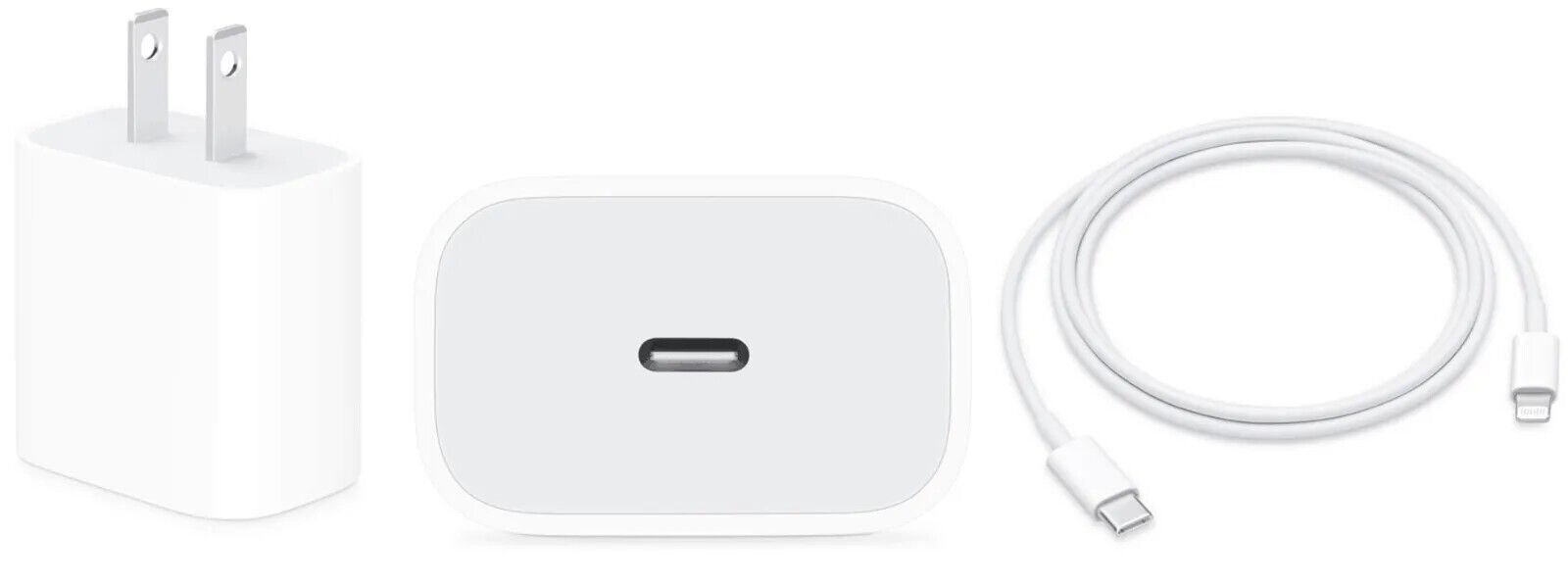
Power Delivery and USB Power Delivery
Power Delivery (PD) is another fast charging technology that provides higher power levels to compatible devices. It’s commonly used in USB-C threads and allows for adjustable charging, making it possible to charge smartphones, tablets, and laptops with a single cable. If you have a device that supports power delivery, provide your fast-charging cable with PD-compatible for the best effects.
Selecting the Right Cable for Your Android Device
With so many options, selecting the right quick charging cable for your Android machine can be overwhelming. Here are some elements to assume:
Compatibility Considerations
First and foremost, inspect your device’s compatibility with fast-charging technologies. Some devices help Quick Charge, while others may utilize Power Delivery or additional proprietary technologies. Secure the cable you select is consistent with your device’s charging requirements.
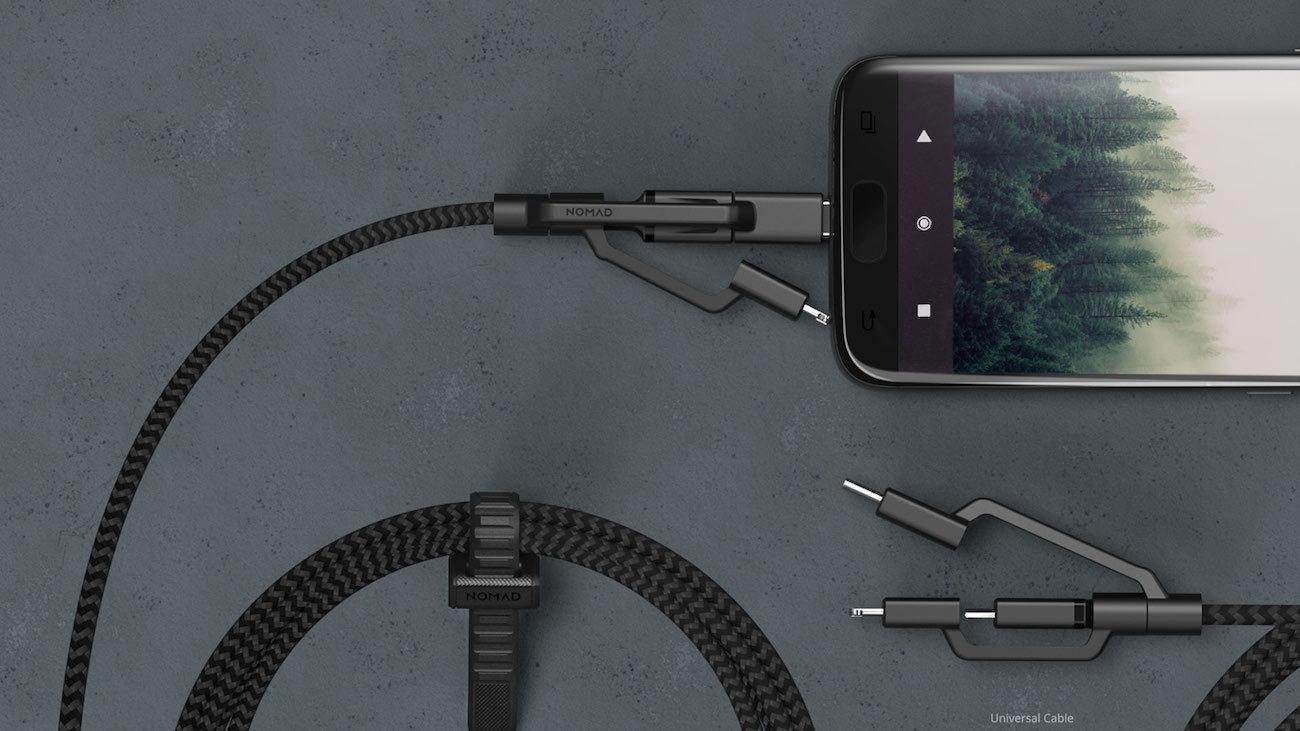
Factors to Consider for Longevity
Durability is another essential element when selecting a fast-charging cable. Look for cables with fortified connectors, high-quality shielding, and pleated exteriors for added stability. These features ensure that your cable resists daily wear and tear and a growing lifespan.
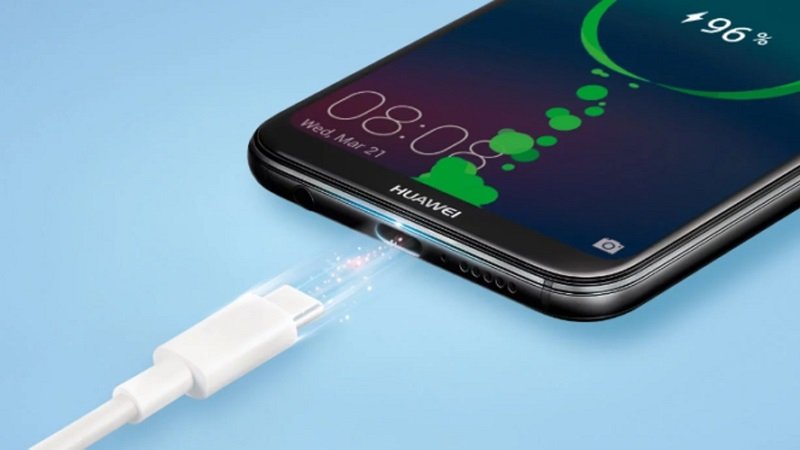
Optimizing Charging with Fast Charging Cables
Optimizing your charging knowledge is important once you have the correct fast-charging cable. Here are some suggestions to assist you in getting the most out of your fast-charging cable:
Best Practices for Quick Charging
Use a Compatible Charger: Ensure your charger is compatible with fast charging technologies. Using an outdated or incompatible charger can limit your charging speed.
Keep the cable Straight: Avoid excessive bending or twisting of the cable, as this can lead to damage over time.
Disconnect When Fully Charged: Once your device is fully charged, disconnect it from the charger to prevent overcharging and prolong battery life.
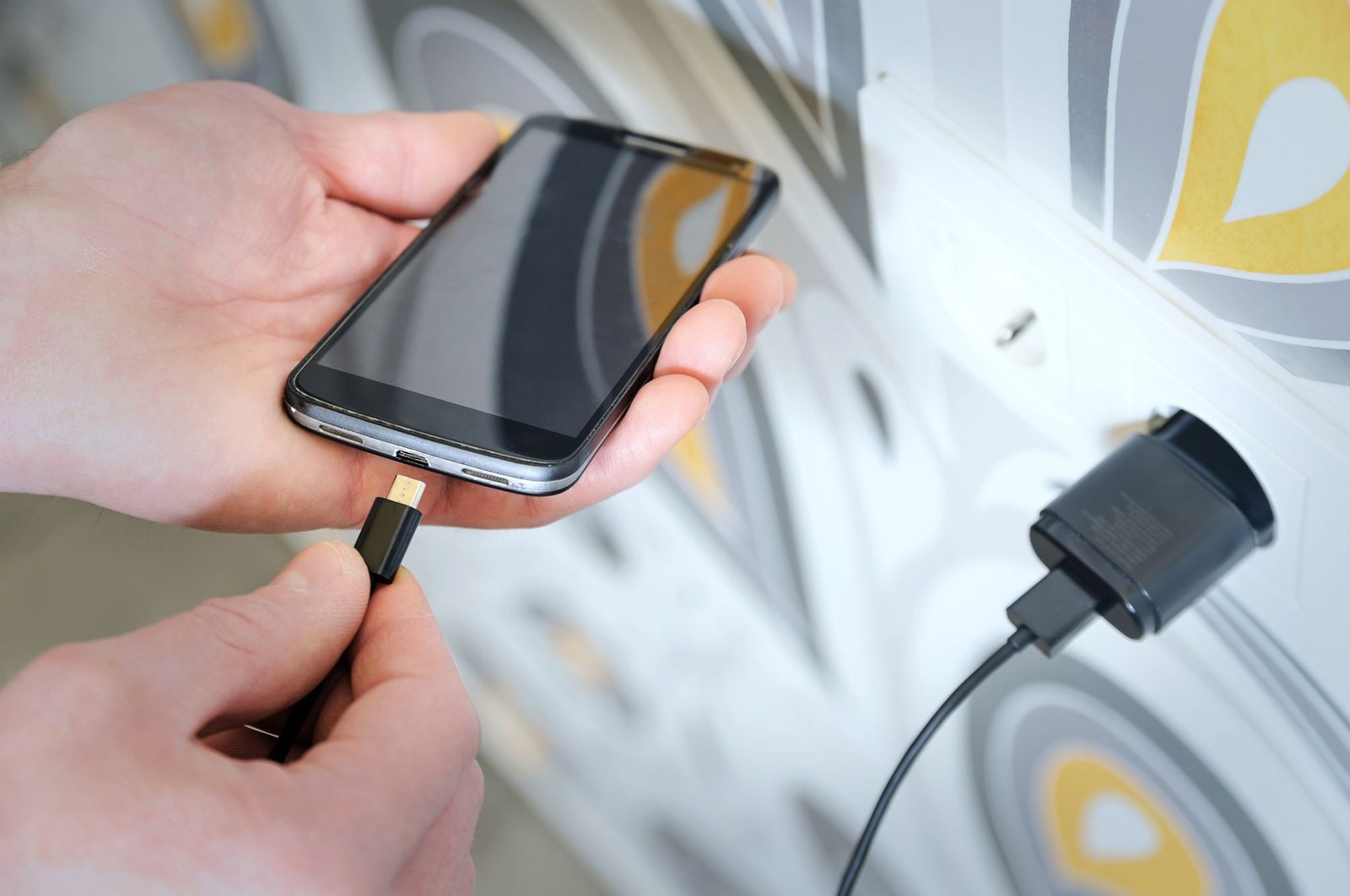
Safety Tips for Fast Charging
Safety should still be a preference when using Android Fast Charging Cable. Here are some safety tips to hold in mind:
Avoid Cheap Imitations: Low-quality cables, such as overheating or electrical shorts, can pose safety risks. Stick to respectable labels and certified cables.
Keep Away from Moisture: To avoid electrical hazards, keep your threads and charging devices away from water or steam.
Use the Right Cable for Your Device: The incorrect cable or charger can harm your device or cause safety problems. Always use cables designed for your specific device.
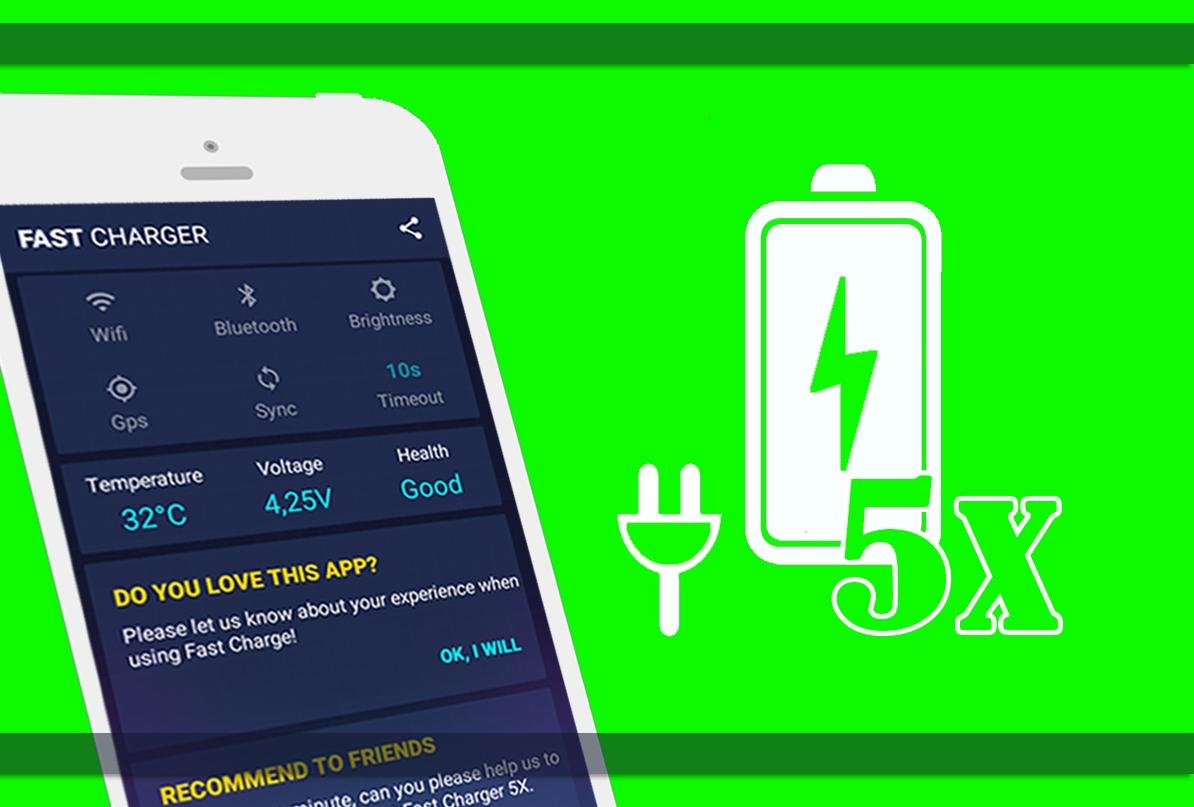
Common Myths about Fast Charging Cables
Despite their rage, Android Fast Charging Cable, some myths and misunderstandings cover fast-charging cables. Let’s disprove some of these common myths:
Debunking Popular Misconceptions
Myth: Fast Charging Damages Batteries: While quick charging generates more heat, current devices have built-in safeguards to contain battery damage. Fast charging will exclusively harm your battery if you’re using consistent tools.
Myth: All Cables Are the Same: Fast charging cables are designed to handle higher power levels with specific materials and construction. Standard wires will provide a different level of performance or safety.
Myth: You Need Special Chargers: While some devices demand specific chargers for quick charging, most current chargers support a field of fast charging technologies. Review your device’s specifications to locate a compatible charger.
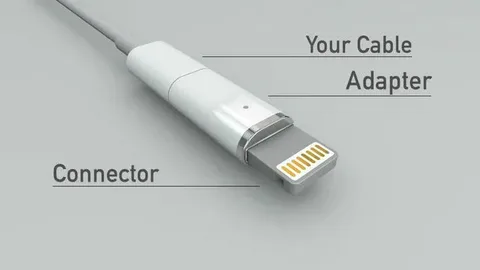
Conclusion
Android fast-charging cables have revolutionized how we charge our devices, providing quicker and more convenient options. By comprehending the additional types of Android fast-changing cables, selecting the correct one for your device, and following the best techniques for safe charging, you can appreciate the benefits of fast charging without concern. Remember to select high-quality cables, avoid cheap imitations, and prioritize security.
FAQs
USB-C cables are generally utilized for quick charging, but the most appropriate type depends on your appliance's compatibility with different fast-charging technologies. Check your device's specifications for suggestions. Thanks to built-in safeguards, fast charging is safe for modern devices. However, using incompatible cables or chargers can pose risks. Always use certified fast-charging equipment. To expand the life of your thread, avoid extreme bending or twisting, select cables with backed connectors, and detach your device once it's fully charged. No, fast-charging cables vary in construction, materials, and compatibility. Always choose a cable designed for your specific device and fast charging technology. What's the most appropriate type of thread for fast charging?
Will fast charging damage my battery?
How can I extend the vitality of my fast-charging cable?
Are all fast-charging cables the same?


